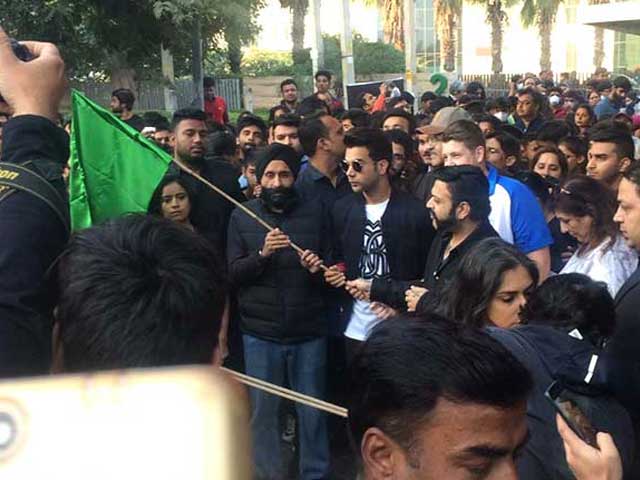
Highlights
- In India 1.1 million people suffer from corneal blindness
- 80% of the blindness cases in India are avoidable
- Eyes need to be donated within 6-8 hours of death
Every fifth blind person in the world is an Indian. Of the 15 million blind people in India, 1.1 million suffer from corneal blindness. And 25,000 new cases are added to this backlog annually. Last year’s data shows that only 25,713 transplant procedures were done. In order to manage the problem, there is urgent need to perform 100,000 transplant surgeries every year. Almost 80 per cent of blindness is avoidable — 60 per cent of it is due to cataract which can be cured with a simple 15-minute surgery and 20 per cent is due to refractive errors, which can be treated with a simple pair of spectacles.
The cornea is a transparent tissue covering the front of the eye. If it becomes cloudy from disease, injury, infection or malnutrition, vision is dramatically reduced or lost. Corneal blindness can be treated by replacing the damaged cornea with a healthy human cornea. The cornea can be procured through eye donation.

India has at hand technical skills and infrastructure for treating corneal blindness, but what is lacking is the availability of donor eye tissue. What makes the situation worse is that a majority of the patients suffering from corneal blindness are children or young adults.
All efforts at establishing quality eye banks will go waste unless eye donation is increased. So far in India, the onus and responsibility of promoting and spreading awareness about eye donation have been resting on the medical fraternity whereas globally, successful eye banking has been a community effort and initiative.
Also Read: In Numbers: The Status Of Organ Donation In India
There are however certain self-perpetuating myths about eye donation which are not only false but need to be nailed. There are:
1) The face/body of the dead will get disfigured if the eyes are taken out
2) One will be born blind in the next birth
3) One will not be able to see God in heaven
In fact, all religions endorse and support eye donation as a noble act.
Also Read: Organ Donation: Don’t Let These Myths Confuse You
Some facts about eye donation need to be kept in mind:
1) Eyes need to be donated within 6-8 hours of death
2) Anyone can be a donor, irrespective of age, sex, blood group or religion
3) One cornea is grafted to one person
4) Switch off the fans, keep air conditioner or cooler running and place wet cotton over the closed eyelids as it will help keep the eye tissue moist. Raise head with a pillow
5) Spectacle wearers, the hypertensive and diabetics can also donate
6) Total removal time is about 15-20 minutes.

Eyes can be donated even if the deceased had not formally pledged their eyes during their lifetime. The eye bank team will immediately reach the donor’s home to collect the eyes. This service is free.
Tolerance, sharing, caring and giving are synonymous with Indian culture. It is an integral part of our heritage. So, it is ironic to hear about the paucity of eye tissue — a gift which is required to be made only when we are no more and the eyes are of no use to us.
The gap between the need and the availability will grow wider unless 1.5 per cent of annual deaths in India (eight to nine million) or about 240,000 are converted into eye donations. Only then will we be able to achieve a zero waiting list for corneal transplant.
To make this possible, eye donation has to be made a family tradition.
Also Read: Why India Should Step Up And Donate Organs For Patients Waiting In The Dark








